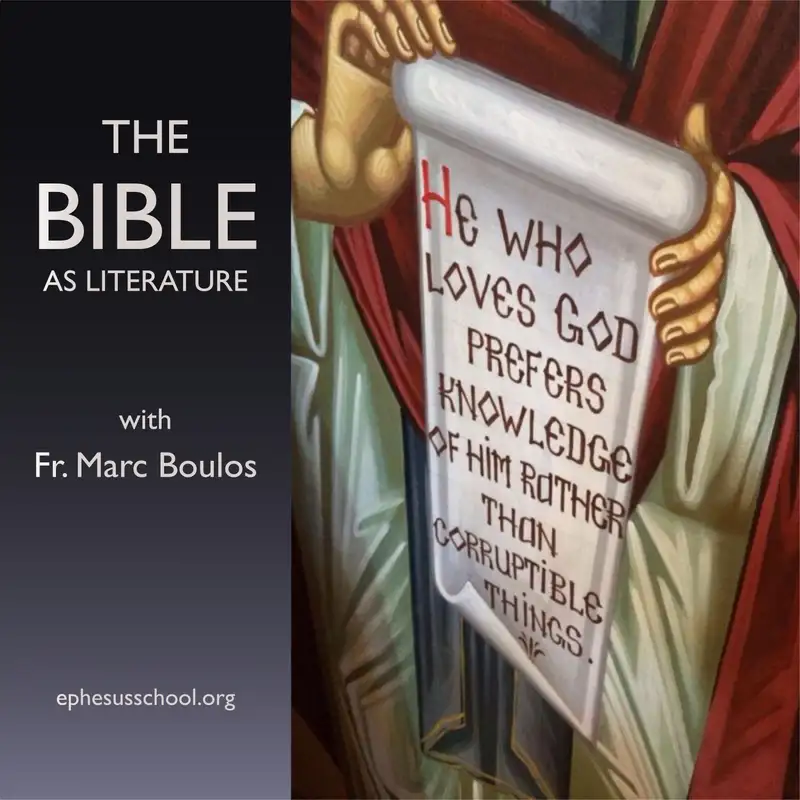
What Has Athens To Do With Jerusalem?
Summary
It's easy to allow symbols and ideas from outside the Bible to shape our understanding of the text. In contrast, serious biblical students set aside extra-biblical influences, so that only Scripture can interpret Scripture. In late antiquity, this tension was felt in the divergent schools of Antioch and Alexandria. While metaphor and allegory are present in both traditions, the Antiochians looked to the Bible as their primary source, forgoing Alexandria's affinity for Hellenistic philosophy. In this week's episode, Richard and Fr. Marc discuss the problem of biblical interpretation and the metaphor of the empty tomb in Mark 16. (Episode 67; Subscribe: http://feedpress.me/the-bible-as-literature)It's easy to allow symbols and ideas from outside the Bible to shape our understanding of the text. In contrast, serious biblical students set aside extra-biblical influences, so that only Scripture can interpret Scripture. In late antiquity, this tension was felt in the divergent schools of Antioch and Alexandria. While metaphor and allegory are present in both traditions, the Antiochians looked to the Bible as their primary source, forgoing Alexandria's affinity for Hellenistic philosophy. In this week's episode, Richard and Fr. Marc discuss the problem of biblical interpretation and the metaphor of the empty tomb in Mark 16. (Episode 67; Subscribe: http://feedpress.me/the-bible-as-literature)

